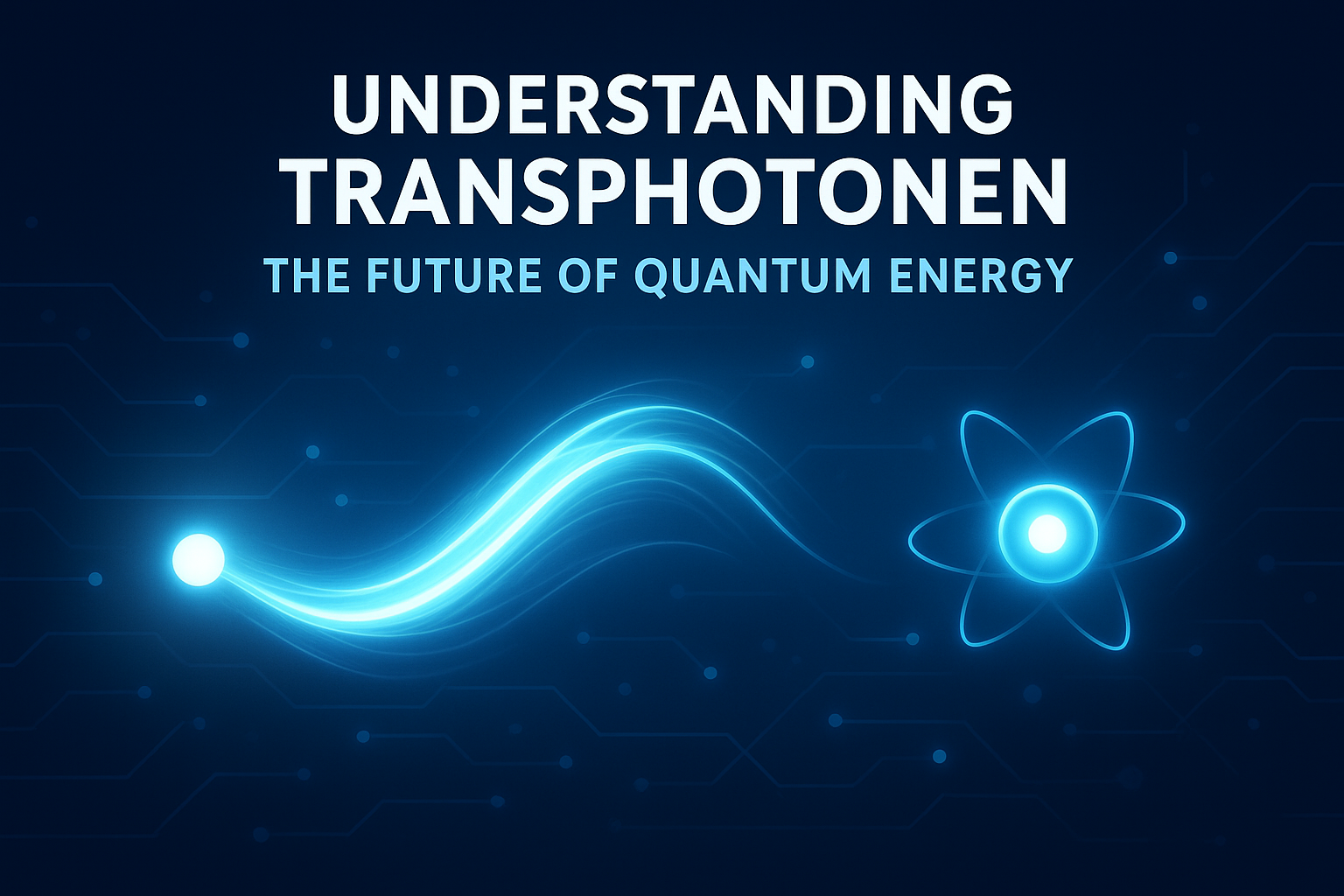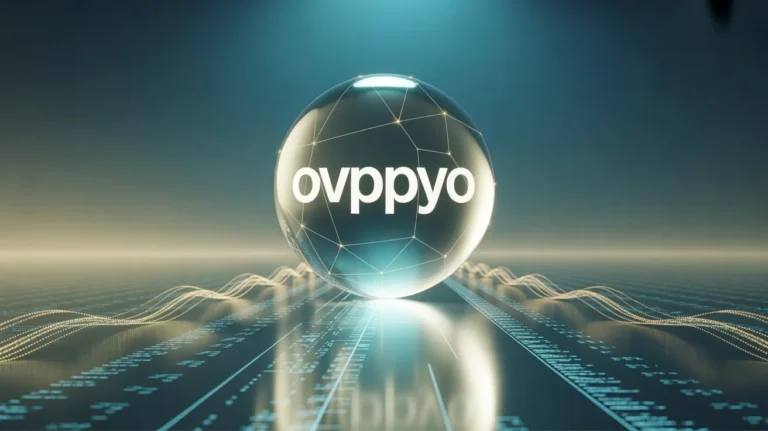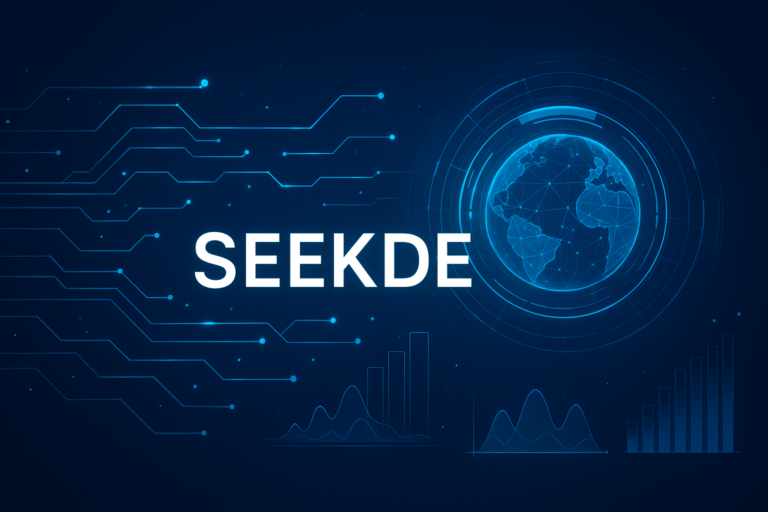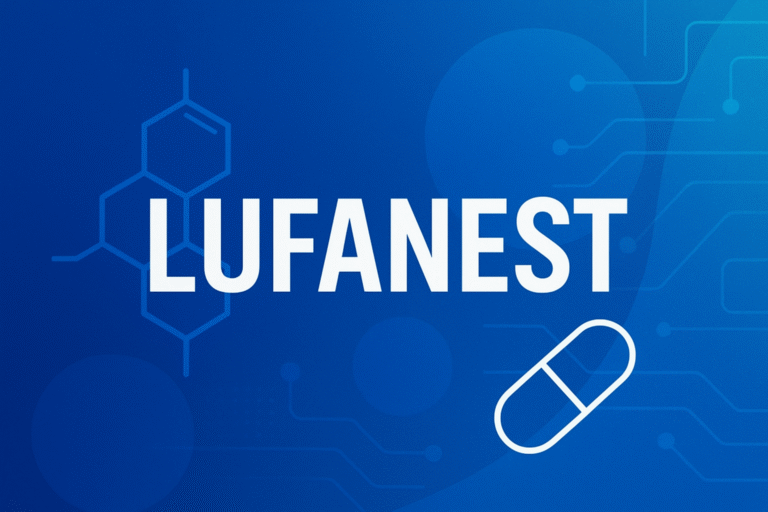Transphotonen: The Future of Quantum Energy
In the evolving field of quantum physics, few concepts have generated as much curiosity as transphotonen. This term, originating from advanced photon research, represents a frontier in understanding how light particles can interact, transfer, and transform energy across quantum systems. Although still under study, transphotonen theory holds the potential to revolutionize the way we perceive energy transmission, computing, and even space communication.
This comprehensive article explores the concept of transphotonen with real-world insight, addressing what it is, how it works, its scientific foundation, potential applications, and the challenges that scientists face in bringing it to life.
What Are Transphotonen?
The term transphotonen refers to a theoretical class of photons believed to possess the ability to transfer energy beyond conventional electromagnetic boundaries. In simple terms, these are photons that can move or “transition” between different energetic states or mediums more efficiently than standard photons.
Researchers suggest that transphotonen could represent a bridge between classical electromagnetic radiation and quantum energy transfer systems. Unlike ordinary photons, which are bound by certain wave-particle dualities, transphotonen might operate under hybrid physical rules, allowing them to transmit energy with near-zero loss.
Scientific Background
The foundation of the transphotonen concept is rooted in quantum electrodynamics (QED), the branch of physics that explains how light and matter interact. Traditional photons carry quantized energy packets, but their behavior is limited by quantum decoherence and environmental interference.
Transphotonen are proposed to overcome these limitations through:
- Quantum coherence stability: They may maintain energy integrity over longer distances.
- Dual-phase transitions: Their wave functions might adapt dynamically to changing energy fields.
- Enhanced entanglement potential: They could link quantum systems more efficiently for information transfer.
While these ideas remain largely theoretical, early simulations conducted by several research institutes in Europe and Asia have hinted at the possibility of creating such photon states under controlled laboratory conditions.
How Transphotonen Differ from Ordinary Photons
| Feature | Ordinary Photon | Transphotonen (Theoretical) |
| Energy Loss | Moderate over distance | Near-zero loss |
| Stability | Susceptible to decoherence | Highly coherent |
| Applications | Communication, optics | Quantum computing, energy transfer |
| Wave Adaptability | Fixed | Adaptive to field variations |
| Entanglement Strength | Limited | Potentially enhanced |
The difference lies not only in physical structure but also in functional potential. If proven, transphotonen could act as carriers of ultra-efficient energy signals that could revolutionize multiple industries.
Real-World Applications of Transphotonen
Even though transphotonen are still theoretical, researchers envision diverse applications once they can be harnessed.
1. Quantum Computing
Quantum computers depend on entangled particles to perform computations far faster than classical computers. Transphotonen could serve as the foundation for quantum data transmission, reducing noise and improving system reliability.
2. Advanced Energy Transfer
Imagine an energy system where electricity could move without resistance or heat loss. Transphotonen might make this a reality by allowing clean and stable energy transport across long distances, revolutionizing renewable power systems.
3. Deep Space Communication
Space agencies are exploring ways to communicate efficiently across millions of kilometers. Transphotonen could enable faster-than-light-like signal transmission without energy decay, drastically improving interstellar communication.
4. Medical Imaging and Quantum Sensors
Their high coherence could allow for imaging techniques that surpass today’s MRI or laser-based systems in both detail and safety, opening new frontiers in biomedical technology.
Challenges and Limitations
While the potential is enormous, several scientific challenges stand in the way:
- Experimental Verification: There is no direct experimental proof of transphotonen existence.
- Technological Constraints: Current instruments may not be sensitive enough to detect or manipulate such particles.
- Energy Stability: Creating stable quantum fields that can host transphotonen remains a major hurdle.
- Theoretical Complexity: Their mathematical modeling requires advanced quantum field equations still under development.
Despite these challenges, the growing collaboration between theoretical physicists and quantum engineers keeps the field progressing steadily.
Expert Insight
As someone deeply engaged in studying the evolution of quantum information systems, I have observed that many early-stage quantum phenomena once dismissed as theoretical have gradually found real-world application. The study of transphotonen appears to follow a similar trajectory.
Much like the early skepticism surrounding quantum entanglement in the mid-20th century, transphotonen research may take years to materialize. Yet, the groundwork being laid today could underpin future quantum technologies that redefine global communication and energy systems.
Potential Benefits for Future Technologies
- Ultra-fast data transmission through photon entanglement networks
- Sustainable energy systems minimizing transmission loss
- New medical diagnostic tools based on quantum light precision
- Enhanced computational capacity for AI and simulation systems
These benefits align with the growing global demand for efficient, low-energy technologies, especially as sustainability becomes a central scientific goal.
How Scientists Are Researching Transphotonen
Laboratories exploring this field typically use a combination of:
- Photon entanglement chambers for testing coherence stability
- Quantum field simulations to predict transition states
- Cryogenic environments to reduce thermal noise interference
- Optical interferometers for tracking photon pathways
These experiments, though highly technical, are building the first practical foundations for understanding how transphotonen could function in applied settings.
Ethical and Environmental Considerations
Every new technology brings ethical challenges. If it can enable high-efficiency energy transfer, it could disrupt existing power industries, requiring careful management of economic and social transitions. Furthermore, large-scale quantum experiments consume significant energy, so sustainability must remain at the core of all research efforts.
FAQs
- What is the main idea behind transphotonen?
It represents a theoretical form of photons capable of transferring energy more efficiently and coherently than traditional photons. - Are transphotonen real?
Currently, they are a theoretical construct. However, ongoing quantum physics research is exploring ways to verify their existence. - How could transphotonen impact technology?
They could revolutionize communication, computing, energy transfer, and medical imaging by minimizing energy loss and improving data accuracy. - What challenges exist in studying transphotonen?
The main challenges include experimental detection, stability of quantum states, and the complexity of modeling their behavior. - Could transphotonen be used in renewable energy systems?
Potentially yes, as their ability to transmit energy with minimal loss could make renewable energy systems more efficient. - When might we see practical use of transphotonen?
Practical applications may take years or decades, depending on experimental breakthroughs in quantum mechanics and material science.
Conclusion
Transphotonen may still belong to the realm of theoretical physics, but their potential impact on quantum computing, energy systems, and communication is undeniable. As research progresses, these enigmatic particles could redefine how we transmit energy and information, paving the way for a future powered by quantum coherence and efficiency.






